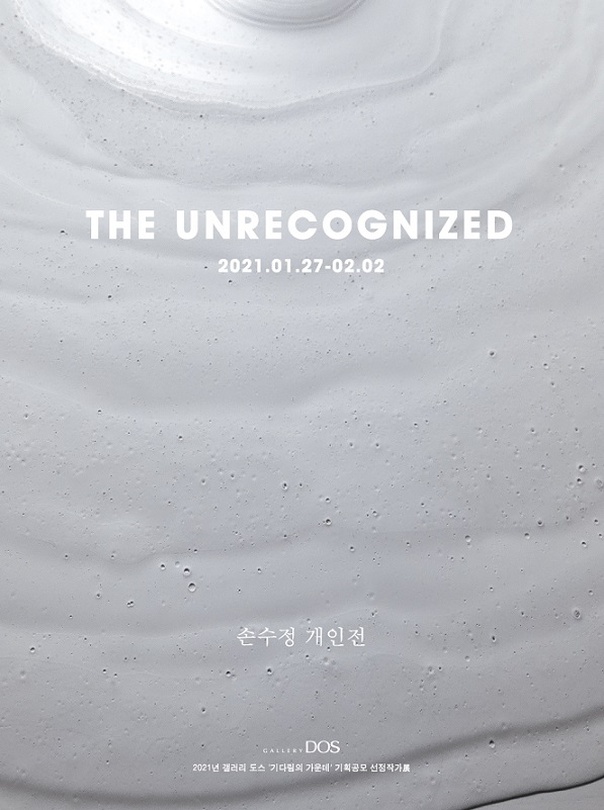
| Period| | 2021.01.27 - 2021.02.02 |
|---|---|
| Operating hours| | Mon - Sun:11:00~18:00 |
| Space| | Gallery Dos/Seoul |
| Address| | 37, Samcheong-ro 7-gil, Jongno-gu, Seoul, Republic of Korea |
| Closed| | the Lunar New Year and Chuseok holidays |
| Price| | Free |
| Phone| | 02-737-4678 |
| Web site| | 홈페이지 바로가기 |
| Artist| |
손수정
|
정보수정요청



|
|
Exhibition Information
Approaching before our very eyes in no time Gallarydos Curator Kim Chihyun It is said that all living creatures that walk on old soil with hot rocks have their own lives and time. However, the years that can change the position of the sun and moon in the sky and feel the color of the season flow heartlessly from all locations at the same speed without favoring anyone's life span. Son Su-Jeong compiles the process of death, which is not exaggerated by special stories or calculated intentional tragedies, into the artist's tools and materials. It is simple and calm like the principle of a sandglass, taking advantage of the material characteristics of a non-special object, not a way to recreate the memory of a particular event and its landscape in a specific shape. Among the many aspects of time people see, death pays attention when given to others and ignores them when they approach them. Unlike events such as diseases and disasters, time-delivered death lives in your hands from the moment everyone passing by the world is born. As the grip's power, which grasps small objects tightly, falls unknowingly, it approaches calmly and steadily to mark the end of life as it slowly unfolds. The paint, which falls and leaves a trace, was filled with a bowl, but not too long, the last drop would fall and leave an empty shell. The paint from the bowl is also dried and stopped as much as the time given to each person, the time that has been spent on the floor, and the life span that filled the bowl. It is evident that things performed their role properly, like shampoo that hardened and tangled in nozzles, but it is also trivial filth that needs to be wiped out depending on the perspective. However, it is awe-inspiring to see the stalagmites and stalactites created by not-so-special elements such as limestone and steam filled with caves. A man moves an immeasurable distance in his life, exists under the weight of dozens to hundreds of pounds, and lives with knowledge large enough to overshadow its weight, but when he arrives at the end of his life, his material is only light and small enough to fit in a small jar. The author sees not only a handful of traces of life left from the soil but also an empty spot filled with memories by those who are still alive. The questions and resolutions for a departed being that do not answer are not reasonable, but the irrationality keeps one from being vain and squeezes one's strength even if it is a small leap forward. Son Sujung talks cold and hard like a sample in a laboratory glass cabinet, not a drama, in showing the traces and absence of time and death. The nuance, however, does not stem from the unfeeling attitude of refusing to get involved in the incident. It is the calmness required of the experimenter to take a step back and deal with even the smallest details, knowing the vague fear and sadness that includes the unadorned response to the phenomenon that cannot be helped by one's will and power. Due to the restriction of the author, the audience can intuitively read about the topic of intense emotion and appreciate it without losing its perspective and distance.
